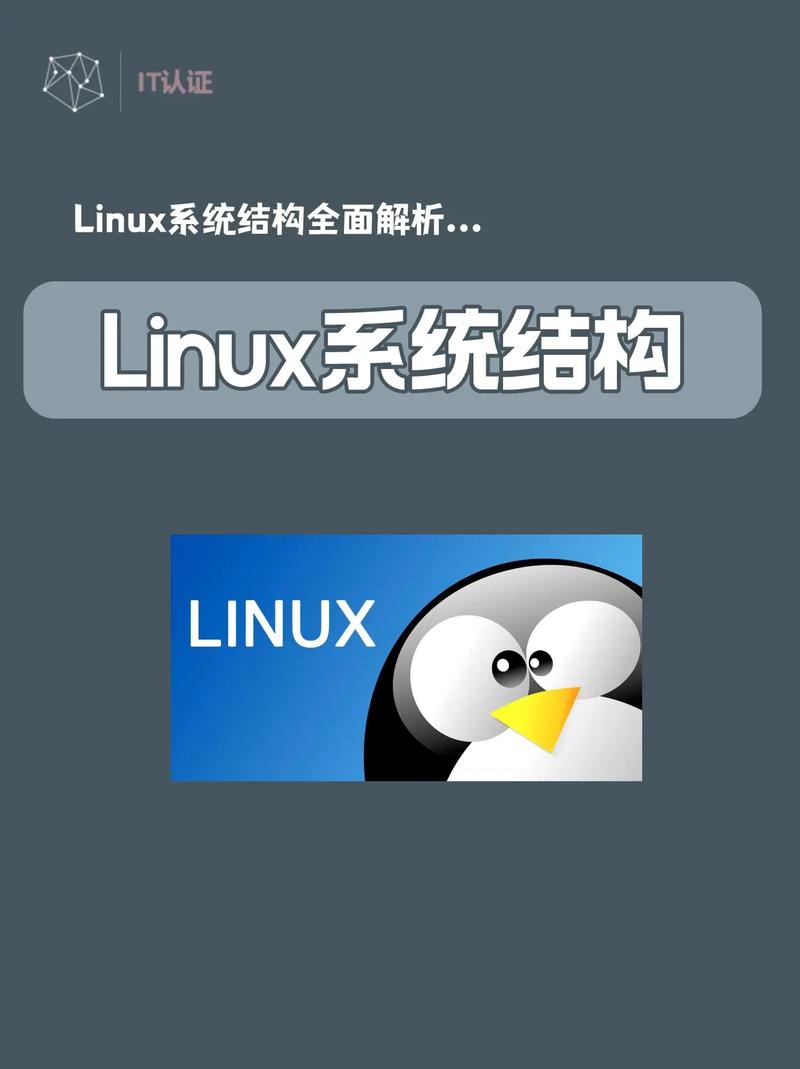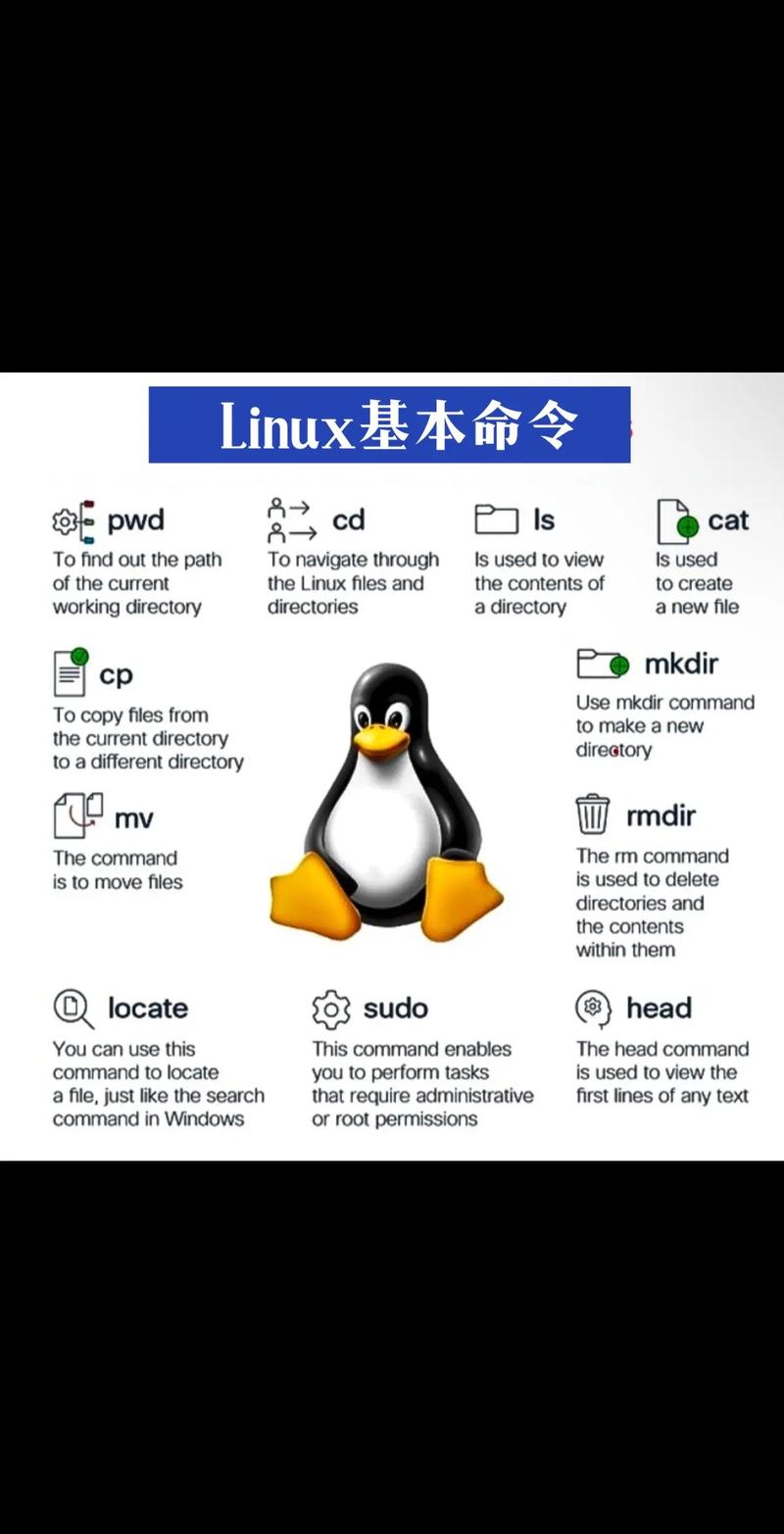linux英文,Introduction to Linux: An Open-Source Operating System
Linux 是一种自在和开放源代码的类 UNIX 操作体系内核,由 Linus Torvalds 和其他贡献者开发。它用于个人计算机、服务器、嵌入式体系、移动设备和超级计算机等多种硬件渠道。Linux 是自在软件和开源软件运动的重要组成部分,而且是许多操作体系发行版的根底,如 Ubuntu、Fedora 和 Debian。Linux 的特色包含安稳、安全、可定制和高效。它支撑多种编程语言和东西,而且具有巨大的社区和开发者集体。
Introduction to Linux: An Open-Source Operating System

Linux, an open-source operating system, has gained immense popularity over the years due to its robustness, flexibility, and security features. It is a Unix-like operating system that is developed and maintained by a vast community of developers worldwide. This article aims to provide an overview of Linux, its history, key features, and its significance in the tech industry.
History of Linux

Linux was created by Linus Torvalds in 1991 as a free and open-source alternative to Unix. Initially, it was intended to be a hobby project for Torvalds, but it quickly gained traction among the tech community. The first version of Linux, known as Linux 0.01, was released on September 17, 1991. Over the years, Linux has evolved into a powerful and versatile operating system, with numerous distributions available to cater to different user needs.
Key Features of Linux

Linux offers several key features that have contributed to its widespread adoption:
Open Source: Linux is open-source, which means its source code is freely available to the public. This allows users to modify, distribute, and improve the software as per their requirements.
Security: Linux is known for its robust security features, making it a preferred choice for servers and enterprise environments. It offers various security mechanisms, such as file permissions, user authentication, and encryption.
Stability: Linux is known for its stability and reliability. It can run for years without requiring a reboot, making it an ideal choice for critical systems.
Customizability: Linux offers a high degree of customizability, allowing users to tailor the operating system to their specific needs. Users can choose from various distributions, desktop environments, and software packages.
Community Support: Linux has a strong and active community of developers and users who provide support, share knowledge, and contribute to the development of the operating system.
Popular Linux Distributions
There are numerous Linux distributions available, each with its unique features and target audience. Some of the most popular Linux distributions include:
Ubuntu: A user-friendly distribution that is widely used for desktops and servers. It is known for its ease of use and extensive software repository.
CentOS: A community-driven distribution that is based on Red Hat Enterprise Linux. It is popular among enterprise users for its stability and security.
Debian: A stable and secure distribution that is known for its adherence to free software principles. It is the basis for several other distributions, including Ubuntu.
Fedora: A cutting-edge distribution that focuses on innovation and new technologies. It is popular among developers and enthusiasts.
Arch Linux: A lightweight and highly customizable distribution that is known for its simplicity and flexibility.
Linux in the Tech Industry

Linux has become an integral part of the tech industry, with numerous applications across various domains:
Server Infrastructure: Linux is widely used for server infrastructure, including web servers, database servers, and file servers.
Cloud Computing: Many cloud platforms, such as Amazon Web Services (AWS), Microsoft Azure, and Google Cloud Platform, run on Linux.
Mobile Devices: Linux-based operating systems, such as Android, are used in smartphones, tablets, and other mobile devices.
Embedded Systems: Linux is used in embedded systems, such as routers, set-top boxes, and IoT devices.
Conclusion
Linux has emerged as a powerful and versatile operating system that has revolutionized the tech industry. Its open-source nature, robust security features, and strong community support have contributed to its widespread adoption. As technology continues to evolve, Linux is expected to play an even more significant role in shaping the future of computing.
相关
-
dll没有被指定在windows上运转,什么是.dll文件?详细阅读

DLL(动态链接库)文件是Windows操作体系中的一个重要组件,用于存储代码和数据,可以被多个程序同享。假如遇到“dll没有被指定在Windows上运转”的问题,一般是由于以...
2025-02-28 0
-
嵌入式电视墙优缺陷,优缺陷全面解析详细阅读

嵌入式电视墙,作为一种现代家居装饰和空间使用的方法,近年来在市场上越来越受欢迎。它将电视与背景墙一体化规划,使得电视与室内装饰愈加调和,一起也优化了空间布局。下面咱们来具体讨论...
2025-02-28 0
-
linux从头分区,操作攻略与注意事项详细阅读

在Linux体系中从头分区是一个相对杂乱的进程,需求慎重操作,由于不正确的操作或许会导致数据丢掉。下面是一个根本的过程攻略,用于在Linux体系中从头分区:1.备份数据:在开...
2025-02-28 0
-
检查linux硬盘巨细,Linux体系下检查硬盘巨细的有用办法详细阅读

1.运用`df`指令:```bashdfh```这个指令会显现文件体系的磁盘空间运用情况,`h`参数会以易读的格局(如MB、GB等)显现。3....
2025-02-28 0
-
windows终端,功用、运用与个性化设置详细阅读
2.自定义主题和款式:用户能够自定义终端的字体、色彩和款式,使其更契合个人喜爱。4.集成WSL:Windows终端能够轻松地集成WSL,让用户能够在Windows...
2025-02-28 0
-
linux英文,Introduction to Linux: An Open-Source Operating System详细阅读

Linux是一种自在和开放源代码的类UNIX操作体系内核,由LinusTorvalds和其他贡献者开发。它用于个人计算机、服务器、嵌入式体系、移动设备和超级计算机等...
2025-02-28 1
-
windows hello是什么,什么是Windows Hello?详细阅读

WindowsHello是微软推出的一种生物辨认技能,旨在进步Windows10和Windows11体系的安全性和易用性。它答应用户经过面部辨认、指纹辨认或虹膜扫描来登录...
2025-02-28 0
-
嵌入式linux根底教程,入门与实战详细阅读

以下是几篇关于嵌入式Linux根底教程的引荐资源,适宜不同阶段的初学者:1.《嵌入式LINUX根底教程第2版》PDF电子书该书是嵌入式Linux范畴的名著,全面深化...
2025-02-28 0
-
装linux,轻松入门,敞开开源之旅详细阅读

装置Linux是一个相对简略但需求必定进程的进程。以下是装置Linux的根本进程:1.挑选Linux发行版:Linux有多种发行版,如Ubuntu、Fedora、Debian...
2025-02-28 0
-
linux体系怎样关机,安全、高效的操作办法详细阅读
在Linux体系中,有多种办法能够用来关机。以下是几种常见的办法:1.运用`shutdown`指令:```bashshutdownhnow```这...
2025-02-28 0
